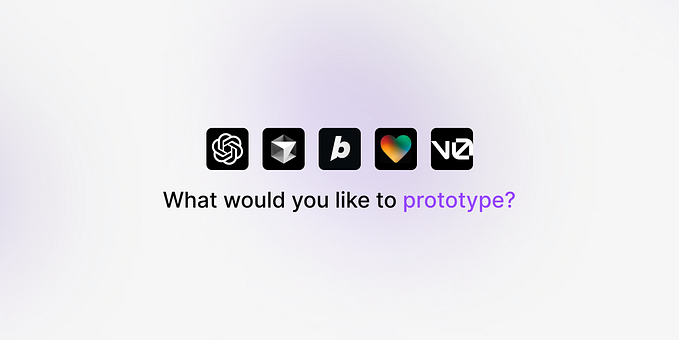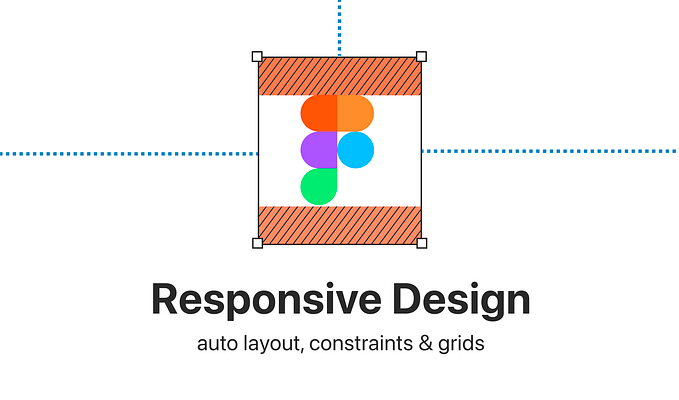Member-only story
How to avoid designing for current users at the expense of future ones
Three tips for balancing current and future user needs

“We haven’t had much time to think about UX, but it works for our current customers.” The Project Manager said, signaling a tricky design scenario.
We were conducting a project overview, and I was left with far too many questions. The interface was crammed with too much random information, so I wasn’t surprised when he said that.
Sometimes businesses cater to their current customer to the detriment of future potential users. This can result in seemingly hopeless scenarios for designers (i.e., designing quick fixes without addressing significant issues).
However, your designs can still have a significant impact if you persuade the right people to take action. But it starts with understanding the tension between current and future users.
Businesses avoid risk, which means they might do what users say
If a company was paying you $1 million annually in revenue, wouldn’t it be best to cater to their every need?
That’s the question you must understand to comprehend how these hodge-podge applications get built. If current customers are paying you a…








